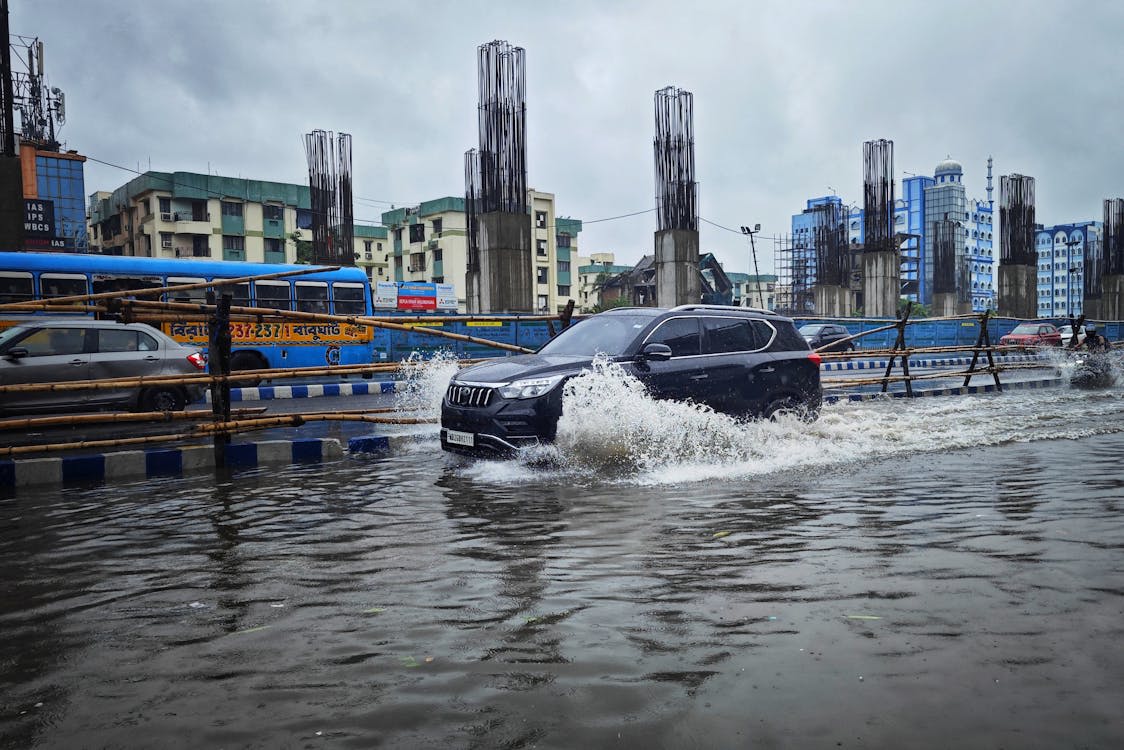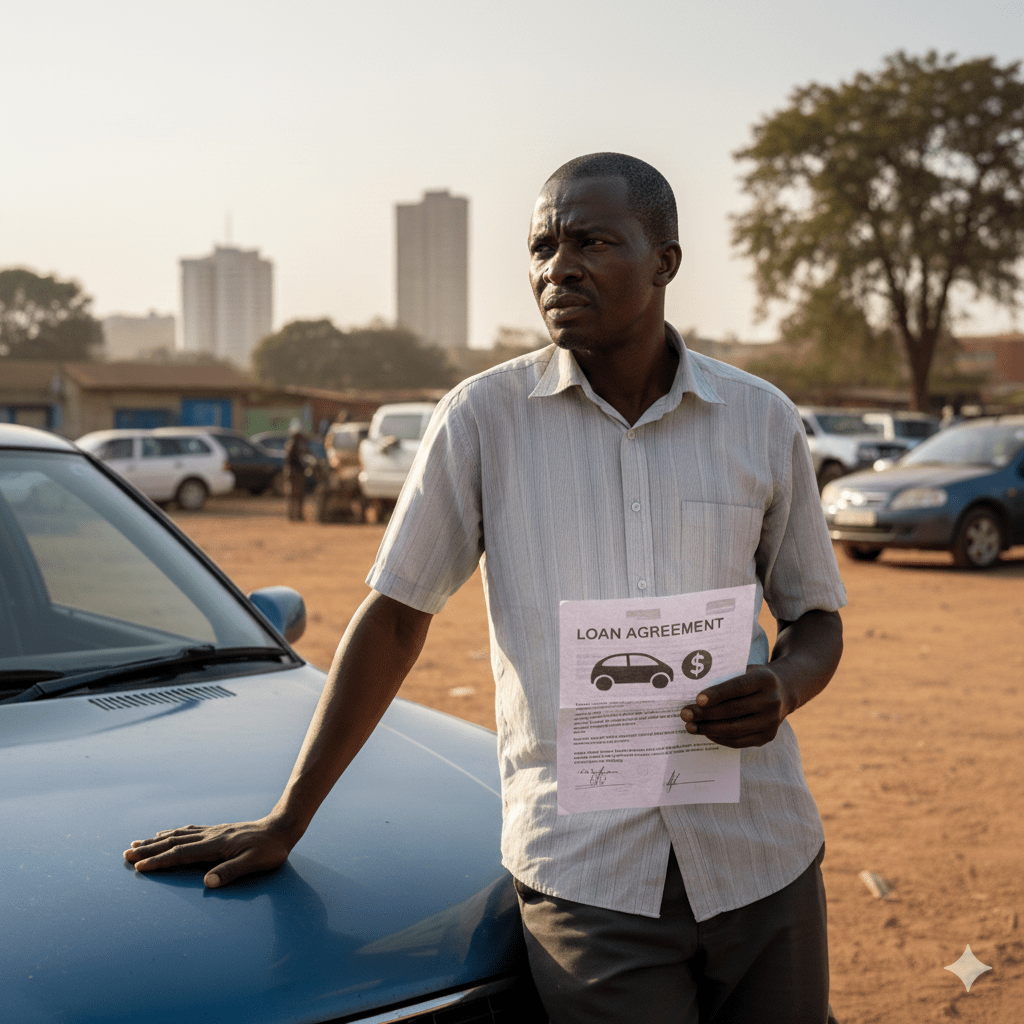9 Tips For Driving On Flooded Roads In Kenya

Driving on flooded roads in Kenya can be challenging and potentially dangerous, especially during the rainy season when roads can quickly fill with water. Here are nine essential tips to help you navigate flooded roads safely:
1.Assess the Water Depth Before Entering
Avoid driving into flooded areas if you can't gauge the water's depth. Even shallow water can cause damage to your vehicle, and deeper water may lead to engine failure or even submerge the car. As a rule of thumb, avoid driving through water deeper than the center of your wheels.
2.Drive Slowly and Steadily
When driving through water, keep your speed slow and steady (5–10 km/h). A controlled, consistent speed reduces the risk of creating waves that could splash into your engine and minimizes the risk of hydroplaning. Driving too fast may also cause you to lose control and put other drivers in danger.
3.Stay in Low Gear and Avoid Shifting Gears
Engage a low gear and maintain a constant speed while driving through water. Using a low gear helps to maintain power and prevent stalling. Avoid changing gears in the middle of the flooded area, as this can disrupt your momentum and increase the risk of engine damage if water enters the exhaust.
4.Keep a Safe Distance from Other Vehicles
Flooded roads often create additional hazards, so it’s important to maintain extra space from other vehicles. This distance gives you more room to react if the vehicle ahead stalls, stops suddenly, or if water levels suddenly change.
5.Follow Higher Ground When Possible
Roads often have a slight slope, with the center being higher than the edges. Try to drive closer to the middle of the road, as this is usually the highest point. Avoid driving near the road edges, where water tends to pool and may conceal deeper holes or ditches.
6.Avoid Braking Abruptly
Abrupt braking can cause water to enter the brakes or disrupt your vehicle's stability in water. Instead, maintain a steady speed, and if you need to slow down, take your foot off the accelerator gradually. This keeps water from splashing up too much and maintains traction.
7.Dry Your Brakes After Exiting Flooded Areas
After driving through water, gently tap your brakes several times to help dry them. Wet brakes may not perform effectively, reducing your stopping power and potentially leading to accidents. Gently pressing the brakes while driving can help dry them out and improve braking efficiency.
8.Watch for Hidden Hazards
Flooded roads can conceal potholes, debris, open manholes, or damaged road surfaces. Drive cautiously and be alert for any signs of road damage. If the water is too murky and you can’t see the road surface, it may be safer to take an alternate route if possible.
9. Turn Back if Water is Too Deep or Fast-Moving
If you encounter fast-moving water or water levels that seem too high, do not attempt to drive through. Even a few inches of moving water can be powerful enough to sweep away a car. Turning back or finding an alternative route may take extra time but is far safer than risking your vehicle and personal safety.
Additional Tips
- Always Check Weather Updates: Before heading out during heavy rains, check weather reports and be mindful of alerts for areas with flash floods.
- Inspect Your Vehicle Post-Flooding: Driving through water can damage components like your brakes, exhaust, and electrical system. Inspect or service your car if you've driven through flooded areas to avoid longer-term damage.
By following these tips, you’ll be better equipped to handle flooded roads safely, protect your vehicle, and reduce risks for yourself and others on the road in Kenya.
If you are looking for financial help, contact us through our contact form, call us on +254791573231 or visit one of our branches across Nairobi, Kiambu, Machakos, and Kajiado counties to explore your financial opportunities.




Comments ()